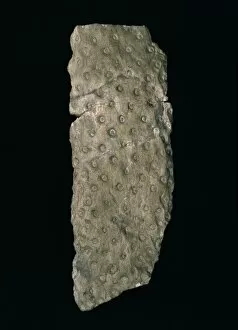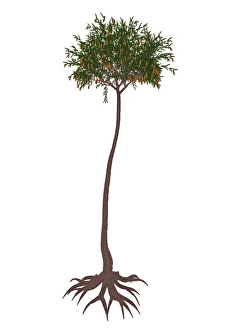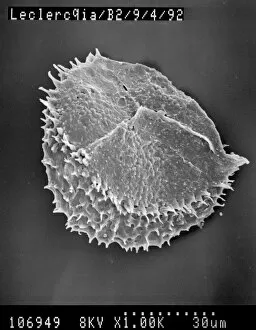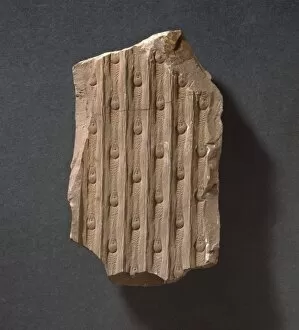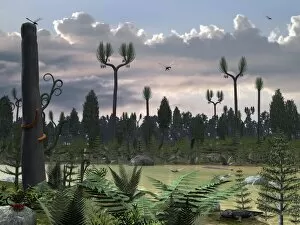Lycopod Collection
"Lycopod: A Journey Through Prehistoric Landscapes" Step back in time and explore the fascinating world of lycopods, ancient plants that thrived millions of years ago
All Professionally Made to Order for Quick Shipping
"Lycopod: A Journey Through Prehistoric Landscapes" Step back in time and explore the fascinating world of lycopods, ancient plants that thrived millions of years ago. This captivating journey begins with a stunning color lithograph showcasing the intricate beauty and Selaginella, two remarkable species that once dominated the Earth. As we delve deeper into history, we encounter Stigmaria ficoides, a fossil root that provides evidence of lycopods' extensive underground network. These roots supported towering giants like Lepidodendron, prehistoric trees whose remnants can still be found today as awe-inspiring tree trunk fossils. In this primeval landscape, Dipterus fish emerge from Devonian freshwater lakes, adding life to an otherwise mysterious ecosystem. The Carboniferous swamp comes alive through mesmerizing artwork depicting lush greenery and diverse flora surrounding these majestic lycopods. Bothrodendron and Protobarinophyton fossils offer glimpses into the incredible diversity within the lycopod family. Their unique structures showcase nature's ingenuity in adapting to various environments throughout history. Sigillaria rugosa takes center stage with its distinctive bark patterns preserved in stone for eternity. Venturing further across continents and epochs brings us to Australia during the Triassic period. Here we witness a breathtaking prehistoric scene where lycopods coexist with other ancient creatures yet undiscovered by modern science. Amongst all these wonders stands Stigmaria ficoides (Brongniart), a testament to resilience and adaptability displayed by lycophytes over millennia. Its presence reminds us of their crucial role in shaping our planet's past while leaving behind intriguing mysteries waiting to be unraveled. Join us on this extraordinary expedition through time as we unravel the secrets held within each fossilized relic—a tribute to Lycopod's enduring legacy etched forever in Earth's geological record.


